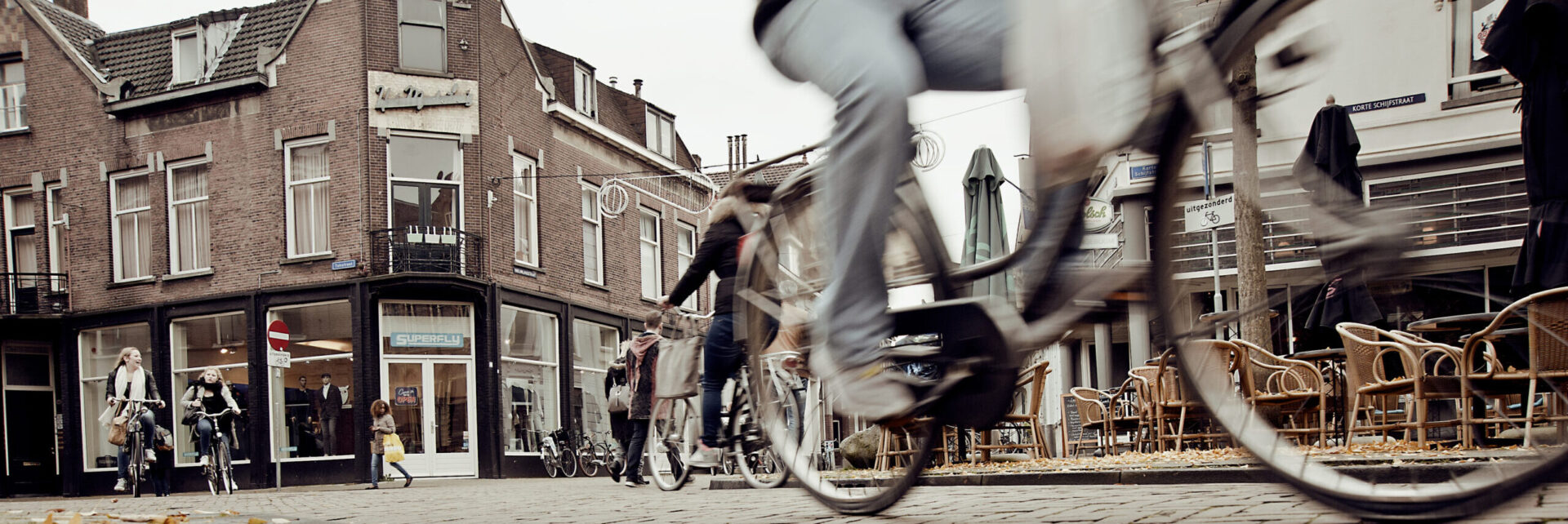In the case of subletting, there is a difference between subletting non-independent living spaces and independent homes.
Non-independent homes: Are you renting a room from a main tenant who has not been there for a while? Or are you renting a room in a house with the main tenant? Then you are a subtenant of non-self-contained accommodation. This is not allowed without the landlord's permission. Sometimes there is a prohibition on subletting in the lease of the main tenant.
Does the rental agreement between the main tenant and landlord end? Then you do not have the right to take over the lease. You must leave the house if:
- The main tenant terminates the agreement;
- The main tenant dies;
- A judge terminates the agreement.
Independent houses: Are you renting a living space with your own house number, kitchen, bathroom and toilet? Then you are a subtenant of an independent living space. The landlord's permission is also required for this. If the main tenant (original tenant) terminates the agreement with the landlord or dies, you automatically become the new main tenant. You do not have to leave the house.
—
It is important to check the following points before subletting both in the case of subletting independent and non-independent homes:
- Does the main tenant have permission from the landlord/owner to sublet the living space? Request proof of this!
- Can you reach the main tenant in case of problems? Do you have contact details?
- To whom do you pay the rent, advance service costs, municipal taxes (to the landlord or to the main tenant)? Make agreements about this and put it on paper.
- How long will the main tenant leave? What happens if it comes back sooner or later? Also put this on paper.

